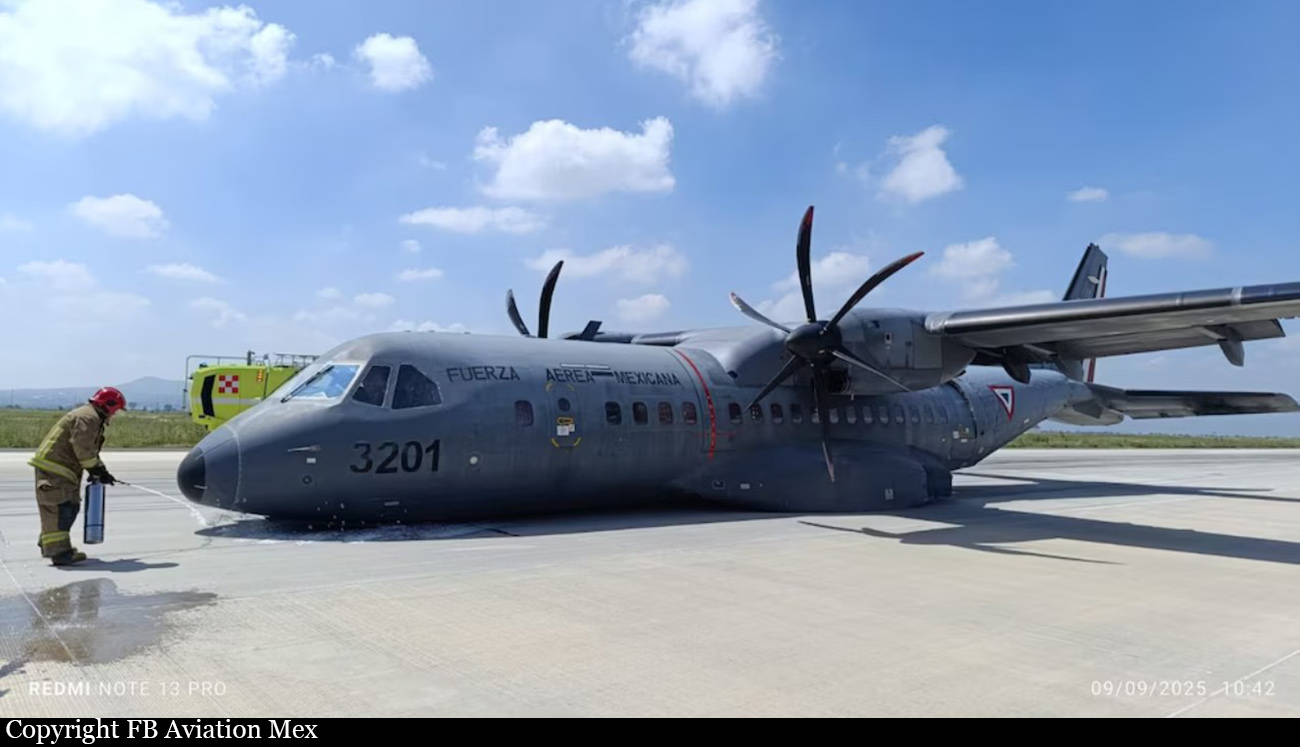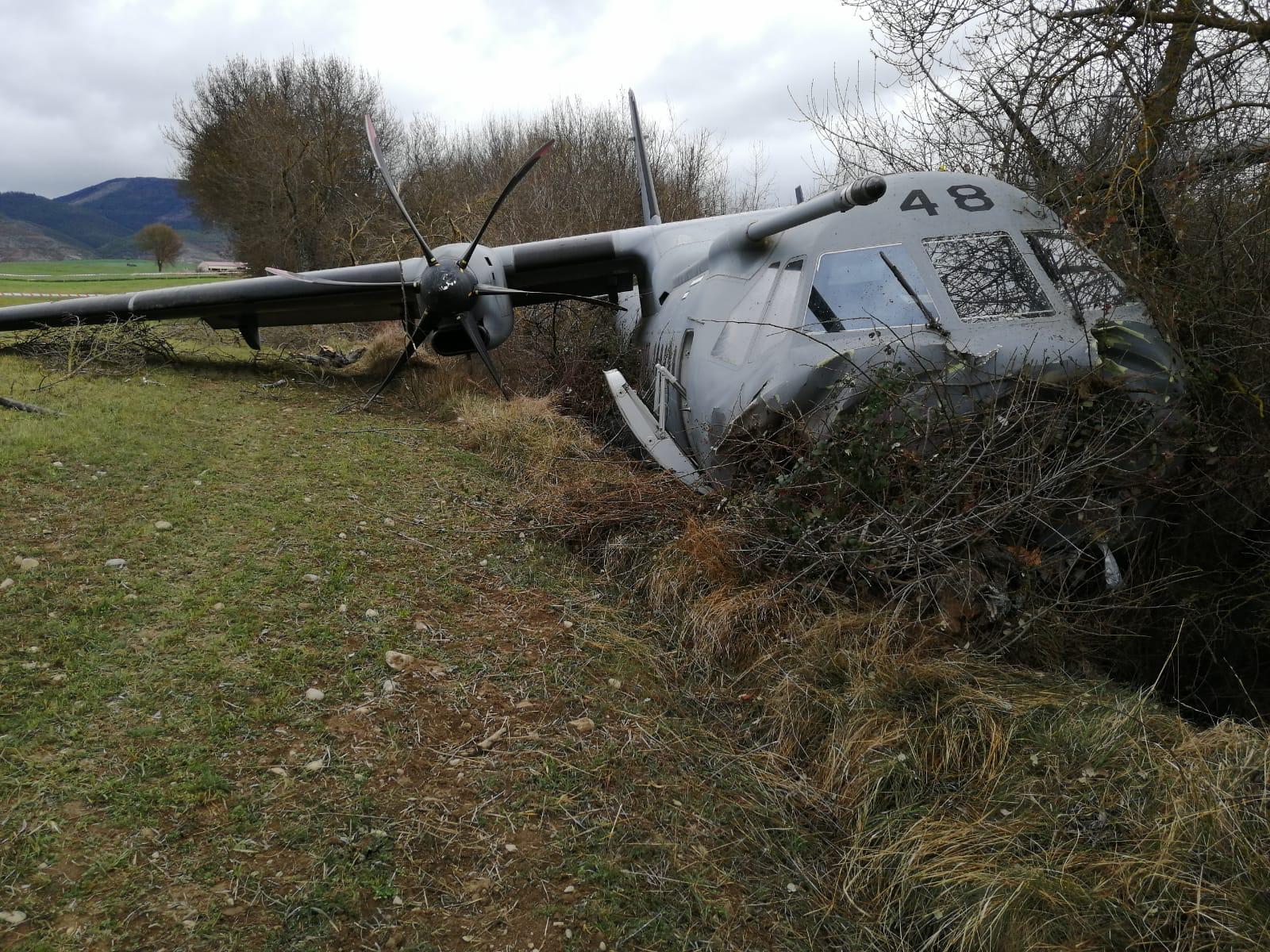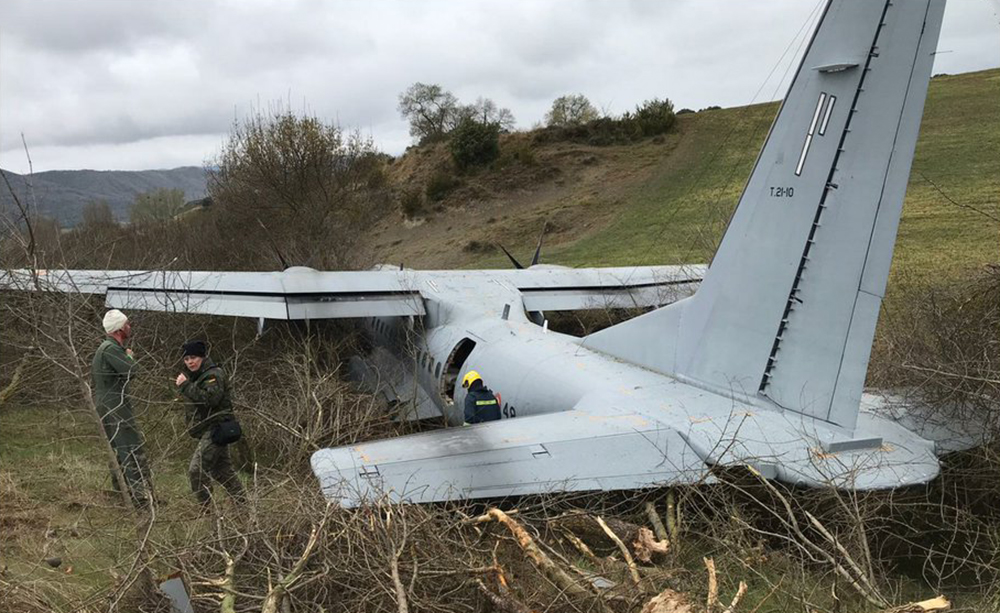Crash of a Casa C-295M in Mexico City
Date & Time:
Sep 9, 2025 at 1032 LT
Registration:
3201
Survivors:
Yes
Schedule:
Mexico City - Mexico City
MSN:
S-072
YOM:
2010
Crew on board:
3
Crew fatalities:
Pax on board:
0
Pax fatalities:
Other fatalities:
Total fatalities:
0
Circumstances:
The crew departed Mexico City-Felipe Ángeles Airport on a local training exercise. Few minutes after takeoff, it encountered technical problems with the hydraulic system and decided to return for a safe landing. The crew made a hard belly landing on runway 04R then the airplane slid for few dozen metres before coming to rest. The tail bent upon impact.






